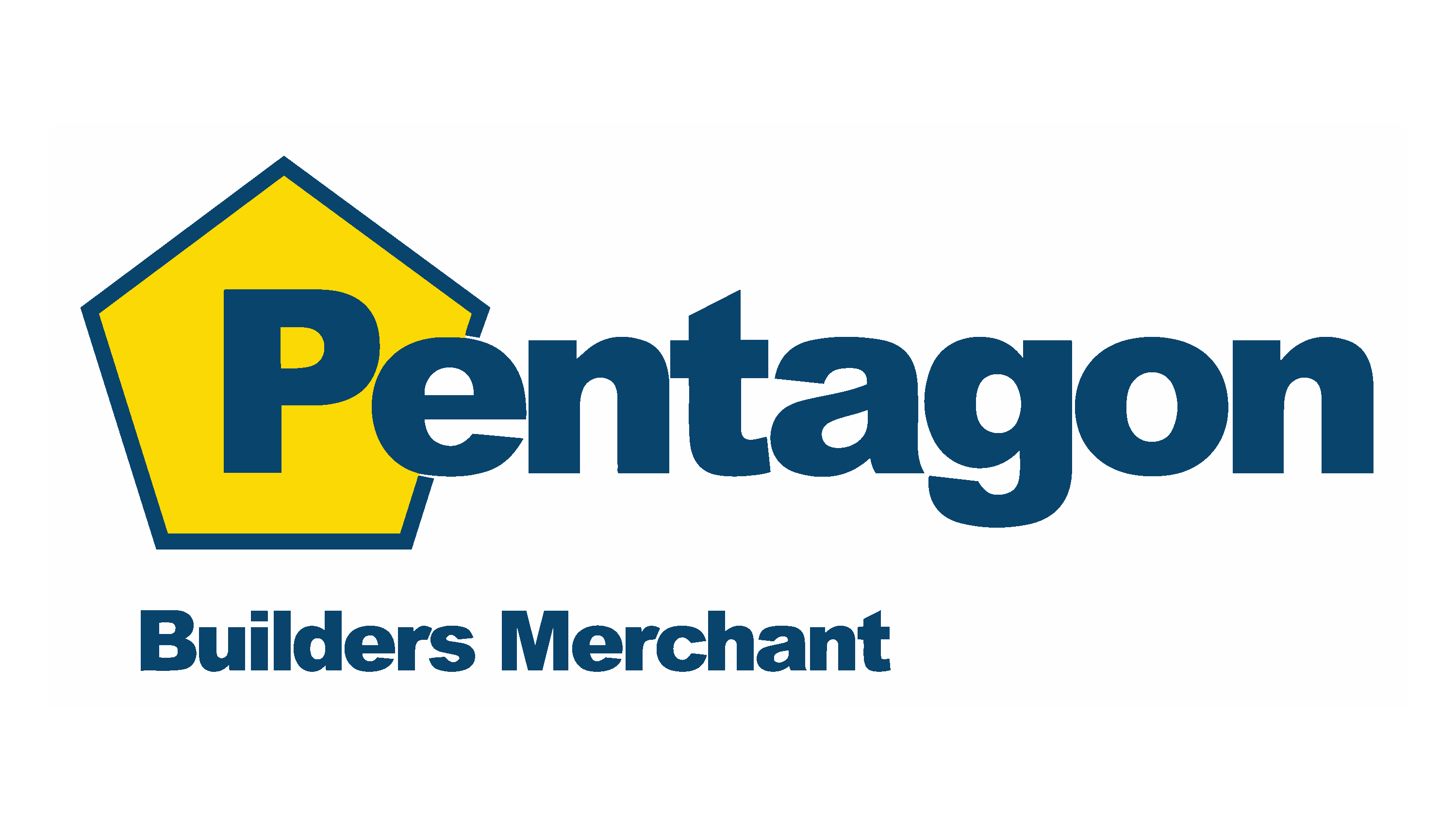How drainage systems work
Drainage is essential in every building. It carries away waste, foul water and rainwater to keep your property safe and hygienic.
Waste and foul water, like what comes from toilets, sinks, baths, washing machines and dishwashers, are sent to either a septic tank or the main foul water sewer. Rainwater, or surface water, is handled differently. It’s usually directed into a soakaway, which slowly releases the water into the surrounding ground.
There are two main types of drainage:
-
Foul drainage runs below ground and deals with wastewater from household appliances and bathrooms.
-
Surface water drainage is usually above ground and collects rainwater from around the property.
In some older homes, surface water may be directed into the foul water system. But it doesn’t work both ways, foul water must never be allowed into a surface water system. To keep things safe and organised, all underground foul water pipes are brown. This helps distinguish them from other types of underground services.
Need a quote, order or guidance?
Whether you’re ready to place an order or just need a bit of support, we’re here to help.
Contact us today for pricing, product advice or practical next steps – whatever you need to move your project forward.
Types of drainage
There are two main types of drainage:
-
Foul drainage runs below ground and deals with wastewater from household appliances and bathrooms.
-
Surface water drainage is usually above ground and collects rainwater from around the property.
In some older homes, surface water may be directed into the foul water system. But it doesn’t work both ways, foul water must never be allowed into a surface water system. To keep things safe and organised, all underground foul water pipes are brown. This helps distinguish them from other types of underground services.
Above ground drainage
When it rains, water lands on your roof and flows into the gutters. From there, it travels down surface water drainage pipes and into a soakaway. These systems work in a similar way to foul water drainage, using manholes where pipes meet or change direction.
Because water always flows to the lowest point, each gutter’s outlet pipe must sit at the lowest part of the run. To keep your system working properly, it’s important to clean your gutters regularly, especially if you have nearby trees. Blocked gutters can lead to water spilling over, soaking walls and causing damp or mould indoors.
Fitting a leaf guard at the top of the downpipe helps. It keeps leaves in the gutter where they’re easy to clear, instead of letting them block pipes or gulleys. Any rainwater that isn’t collected by the gutters should drain naturally into the surrounding ground.
Below ground drainage
When you flush the toilet or empty a sink or bath, wastewater flows through pipes that carry it out of the house. These pipes connect to either the main sewer or, in some cases, a septic tank. The main pipe is called a soil and vent pipe, which moves both waste and foul gases, venting them safely above the roofline.
Once outside, waste flows into an inspection chamber, where it may join with pipes from other parts of your home or even other homes nearby. These chambers are placed at pipe junctions or changes of direction and provide access if blockages occur.
Off-mains drainage
Most homes in the Channel Islands are connected to the public sewage system. That’s mains drainage you flush, and it’s gone. But in some rural areas, homes rely on off-mains drainage.
These systems don’t connect to the public sewer and instead use one of the following:
-
Cesspools - These are large, sealed tanks with no outlet. All waste stays in the tank and must be emptied regularly by a licensed contractor. Because they’re expensive to maintain and not environmentally friendly, cesspools are no longer commonly used.
-
Septic tanks - These multi-chamber tanks separate solids from liquids. Solids settle at the bottom while liquid waste flows out into the ground. Septic tanks provide partial treatment, so only very small waste particles remain in the discharge.
-
Treatment plants - These are compact, self-contained sewage systems that treat waste before releasing cleaner water into the environment. While they offer the best solution for off-mains drainage, they do need regular maintenance to keep working efficiently.
Separators and silt traps
Separators and silt traps are used to clean water before it enters a surface water drainage system. They remove pollutants and solids from effluent, making the water safer for the environment.
Here’s how they work:
- Separators - Let water and pollutants naturally separate. Oil and other pollutants float to the top and can be removed, while silt settles at the bottom.
- Silt traps - They collect heavier particles, preventing them from entering the drainage system.
These systems help ensure cleaner discharge and are essential in many commercial or environmentally sensitive areas.
